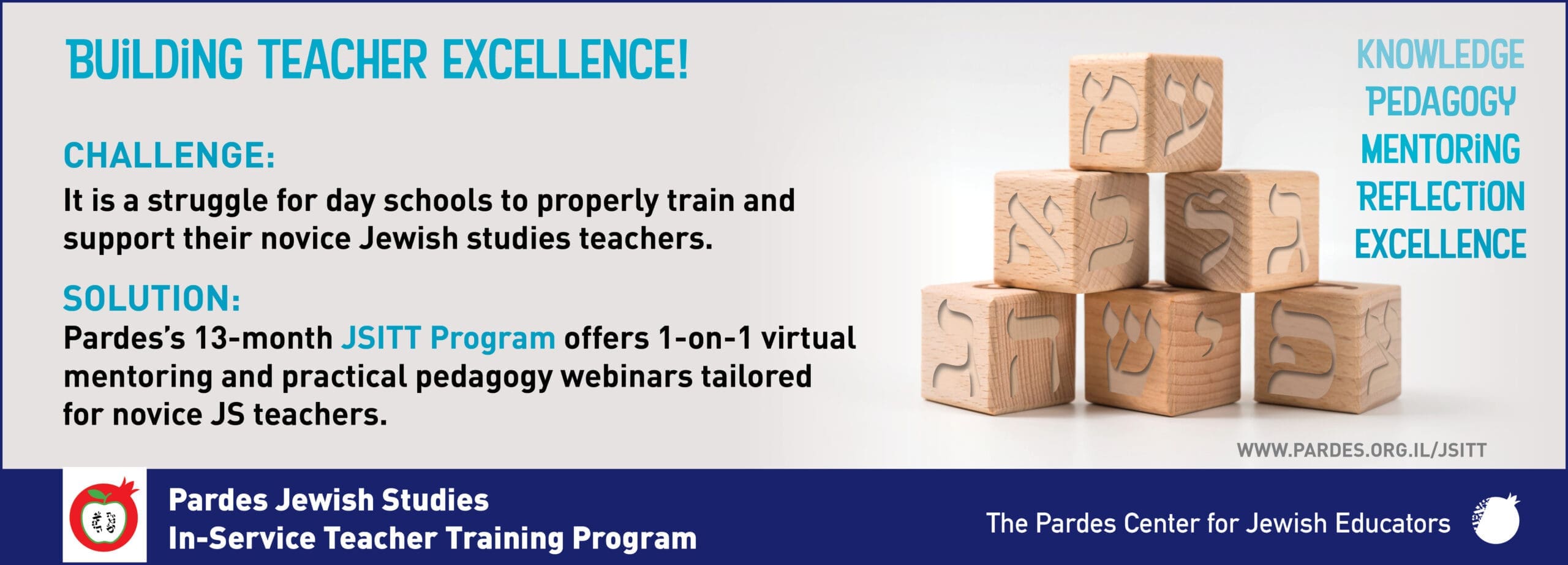The Puzzling Talmud

A sixteen-year-old American Jewish day school student named Brandon (a self-chosen pseudonym) reports that he likes studying Talmud. What does he like about it? “I like the process,” he says. “It is kinda like a puzzle, that you have to get each word, and fill it in so it creates the whole text.” Brandon approaches his study of Talmud knowing that it’s going to be hard. Every word might take some effort to decode. Eventually, however, he can put it all together.
Another student, Maurice, echoes a similar theme. “There’s a bit of a puzzle there [when we study Talmud]. It’s challenging mentally, but that’s part of the reward, I’d say.” Maurice makes the motivational dynamic explicit: When something is challenging, that makes it more rewarding to overcome the challenge.
These two students were interviewed a few years ago as part of a study of how contemporary American Jewish day school students think about rabbinic literature. (Visit the project webpage for more information.) The idea of Talmud as a puzzle emerged a number of times in the data, both explicitly (as in the cases of Brandon and Maurice above) and implicitly.
As an example of a more implicit conceptualization of Talmud as a puzzle, consider Sarah, who expresses enthusiasm for Talmud in the following way:
Why Study Talmud....
I have always found it curious that contemporary Jews seem to have adopted and accepted the label “People of the Book.” The term, of course, comes from Islamic law, which raises the question of whether a group ought to embrace a label…
I really love how messy it gets when there are four different answers and three new questions for every initial inquiry … I really, really enjoy the satisfaction of finally understanding a discussion after sometimes a week of going over the same couple of lines and not making any headway. I just really love that satisfaction.
Sarah offers a characterization here of shakla vetarya, the famously confusing Talmudic “give and take” in which each answer seems to generate a new question. These difficult logical puzzles, when finally solved, provide her with “satisfaction.” Sarah, Maurice, and Brandon all seem to enjoy the complexity of Talmud and the puzzling nature of the text.
Likewise, in more recent data gathered from older students at Pardes by rafa kern, the theme of Talmud as a puzzle emerged again. For example, when asked what she likes about learning Talmud, Shira says:
It’s so fun! So many fun logic puzzles… And like, then they’re further messy because you have some 500 years of history and editing and people smushing things together and unpacking that. And then you have the added layers of people commenting… I really like puzzles and Gemara feels like one big, really, really complicated puzzle.
Omri answers the same question in a similar way:
So first off, it’s just intellectually enjoyable… Trying to figure out, what are you talking about? It’s an enjoyable process. It’s like solving a puzzle or trying to figure out who done it before they reveal the murderer.
For Shira and Omri, Talmud as a puzzle is part of what keeps them engaged. These students are not just saying that Talmud is hard in the way that, say, astrophysics or some other technically difficult subject is hard. They are saying that it is hard in a particular way—like a puzzle.
Now, it is certainly possible that students say these sorts of things about the Puzzling Talmud because they hear them from their teachers. For example, Shaye Cohen, among the leading academic scholars of Talmud, adopts the same theme in an essay titled, “Why Study Talmud.” He has several answers to the question, including the following:
I enjoy it because … the Talmud is a feast for the mind. Its technical terms, abstract subject matter, argumentative twists and turns, nonlinear logic, and contrapuntal style, make the study of Talmud difficult, challenging, and fun. I enjoy logic puzzles. I enjoy … brain teasers of all kinds.
Cohen then introduces a particular example of a Talmudic passage that he claims is an “intentional brainteaser,” but goes on to reflect on unintentional brainteasers—those passages “in which it is not clear how a question is a question or an answer is an answer,” passages that are present on every page, challenging the reader to decipher them.
The example of Shaye Cohen suggests the possibility that the Puzzling Talmud may well be a trope in our contemporary discourse. School subjects have meaning because of the cultural contexts in which they are embedded. Perhaps the Puzzling Talmud is part of that cultural context for these students in Jewish day schools and at Pardes.
However, in the work that I did several years ago to develop a “Menu of Orientations to the Teaching of Rabbinic Literature,” for which I conducted dozens of conversations with instructors of Talmud in diverse institutional locations, I did not hear this theme emerge in the way that it did from the students. So, on the one hand, it is plausible that teachers do talk about Talmud as a puzzle, as Cohen did. But on the other hand, when they are focused on conceptualizing Talmud as a field of study—which means that they are thinking about the purposes and pedagogies of Talmud—the Puzzling Talmud did not emerge as an orienting framework for their teaching.
This suggests that there is an aspect of the lived experience of studying rabbinic literature that is present to the consciousness of at least some students in a way that it is not present to the consciousness of their teachers, which only emerges when we listen carefully to the voices of the students. Talmud is a puzzle. Talmud is confusing. When we confront this confusing puzzle, our task is to figure it out. That may not be the ultimategoal of studying these texts, and the conception of Talmud as a puzzle surely does not preclude other kinds of meaning-making. Still, it’s a proximate goal that dominates the pedagogic space, that affects how we talk about what these texts are and what we are supposed to do with them, and that presumably affects the pedagogic strategies that we employ.
So, what are the implications of thinking about Talmud as a puzzle?
Most obviously, people seem to like puzzles. Not all people, of course, and not all puzzles. I am not much of a puzzle person myself. But lots of people play Wordle or solve crossword puzzles or gather around a jigsaw puzzle as a shared activity. There seems to be something appealing to people about the artificially constructed difficulty of puzzles: Someone specifically designed this puzzle to be challenging, in just the right way, not too easy but also not impossible to solve. And even though we know that we have not really accomplished anything in the “real world”—even though, frequently, the thing we do immediately after assembling a puzzle is to disassemble it—there’s a feeling of satisfaction or accomplishment in completing a puzzle.
The Puzzling Talmud is not artificially constructed in the same way as Wordle, with the same intentionality. Still, the students quoted above articulate a feeling of accomplishment in solving the puzzle of a Talmudic sugya. In our normal lives, moments of accomplishment like these are actually fairly rare. Our projects take too long to develop, and most of them are not susceptible to a binary switch from “incomplete” to “complete.” That’s not how we relate to the most important things—our relationships, our spiritual lives, or our careers. Our academic projects, likewise, are rarely ever entirely complete. But when you complete a puzzle, when the last piece goes in, it is done. Apparently, the study of Talmud—working out the puzzle in a satisfactory way—can convey the same sense of accomplishment.
Moreover, the attractive quality of puzzles is also related to what they are not. Puzzles have no instrumental purpose. Pointlessness is a feature of puzzles, not a bug. We might say that puzzling is one of the places where we can do something entirely lishma, for its own sake. That pointlessness may be something that we humans crave, as a refuge from the intentional activities that occupy so much of our lives. We learn to play as children, but we seem to spend the rest of our lives increasingly eliminating opportunities for pointless play. When we do play, we often feel the need to justify our play in therapeutic or instrumental terms, namely, as contributions to our health, as opportunities for “recreation” or for social connection. When we are engaged with a puzzle, on the other hand, in a flow state, we set aside the entire world of purposes and instrumentality. Likewise, when we are engaged with the Puzzling Talmud, we can set aside the world of instrumentality.
Now, this observation about the lishma-ness of puzzles may lead to questions about purposes. As educators, do we want students to think about Talmud as “pointless” in the way that a puzzle is? Is that enough? Do we want them to feel a sense of accomplishment in working out the logic of a sugya, or do we want them to think about a much larger trajectory of study, in which solving the puzzle is merely the first step—perhaps the first step towards understanding an important principle of Jewish thought or practice? These are good and valid questions, and presumably, these questions have something to do with why, as I mentioned above, the educators with whom I spoke in developing the “Menu of Orientations” did not identify a Puzzle Orientation to Rabbinic Literature. Surely Talmud is not just a puzzle. Surely the purpose of encountering these texts in an educational setting is not limited to the momentary sense of accomplishment of working out a complicated sugya.
Yet I am reluctant to ignore what these students are telling us about why they enjoy studying Talmud. Not all students will agree, of course. Not all will enjoy the Puzzling Talmud. But for some, clearly, the puzzle-like qualities make Talmud fun and sustain their interest even when—particularly when—the going gets tough. And the fact that they hold a conception of the Puzzling Talmud in their minds, that they think about the text in this way, is a pedagogic resource that we ought to notice and employ.
What I am suggesting, in other words, is that we ought to develop an intentional pedagogy of the Puzzling Talmud. If we are to take our lead from our students and focus on Talmud as a puzzle—recognizing that there may well be tradeoffs—what are the pedagogic implications? What should we ask our students to do or not to do, within this focus? What texts might we study or not study? What skills might we work on and which ones might we defer?
Teachers of Talmud often worry that this ancient text is not “relevant,” and develop strategies to make it relevant. So much of the world of Talmud, and its logic, is strange to us, and this strangeness is assumed to be an obstacle in the way of students’ engagement with the text. Often, the effort to increase its relevance focuses on showing how what appears to be abstruse can be interpreted in terms that are contemporary, for example, how a rabbinic mahloket about a technical point actually reflects a fundamental human-existential issue that is familiar to the students. In other cases, the effort to increase its relevance instrumentalizes Talmud in the service of some other pedagogic goal.
But many years ago, Israel Scheffler (in “Reflections on Educational Relevance”) critiqued a conception of relevance that is driven by “the student’s initial problems.” He argued that there are many diverse ways for a subject to be relevant and cautioned against “[making] education relevant by making it instrumental.” Our students may be telling us something similar about Talmud. The Puzzling Talmud suggests that, perhaps, the effort to develop an argument for the relevance of Talmud is misplaced. Maybe it already has all the relevance it needs.
This article draws on data from the second stage of the Students’ Understanding of Rabbinics project, a research partnership between the Jack, Joseph, and Morton Mandel Center for Studies in Jewish Education at Brandeis University and the Davidson School at the Jewish Theological Seminary. (Visit the project webpage for more about the project.) Arielle Levites was the director of the second stage of the project; she deserves credit for the data cited within as well as for the initial identification of the theme of Talmud as a puzzle. I am grateful to her, and to our colleague Jeff Kress at JTS, for the initial conversation about this topic. This article also draws on data gathered by rafa kern, as part of his doctoral research, and graciously shared with me. I also thank rafa kern for pointing me to the article by Shaye Cohen, quoted within. Finally, I appreciate the contributions of Jenny Small and Ziva Hassenfeld to the development of this article.



Jon A. Levisohn is the Jack, Joseph and Morton Mandel Associate Professor of Jewish Educational Thought at Brandeis University, where he directs the Jack, Joseph and Morton Mandel Center for Studies in Jewish Education and chairs the Department of Near Eastern and Judaic Studies.
Reach 10,000 Jewish educational professionals. Advertise in the upcoming issue of Jewish Educational Leadership.
Do you want to write for Jewish Educational Leadership? See the Call for Papers for the upcoming issue.
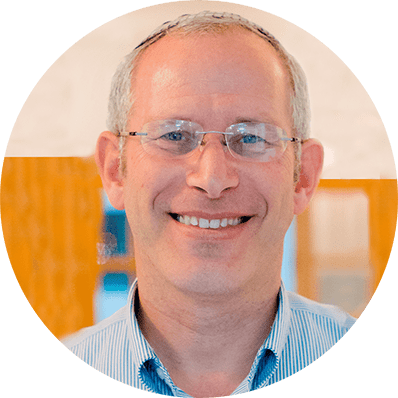

FROM THE EDITOR: Fall 2023
Fascinating. Infuriating. Uplifting. Complex. Boring. Inconsistent. Logical. Brilliant. Eclectic. Irrelevant. Compelling. Frustrating. Inspiring. Ancient. Contemporary. The Talmud evokes all the above, and more. I vividly remember my first encounter with Gemara. I must have been ten years old, and my family was in a bungalow colony in the Catskills. Rabbi Cohen taught Gemara to the older boys, of which I was not, but I asked permission to sit in and listen. I loved following the discussions and debates, even though I couldn’t read any of it and retained none of the content.


The Block Method for Teaching Gemara
By its very nature, teaching Gemara seems to defy everything we know about education. When we teach math, or language, or anything else, we start with the simple and easy-to-grasp aspects of the study area and gradually increase the level of challenge and difficulty. For example, we begin with addition and slowly move on to subtraction, multiplication, and division. We certainly don’t touch algebra until these are firmly in place. One couldn’t imagine a math class that requires knowledge of Pythagoras’ theorem presented to a class that has not yet mastered multiplication.
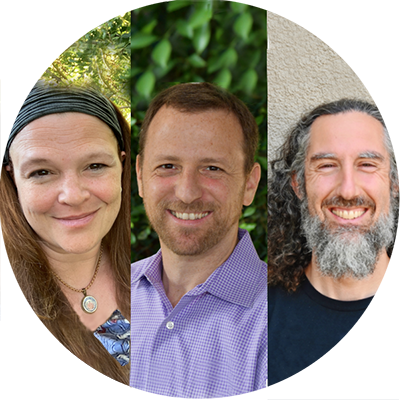

A Multidimensional Approach to Teaching Rabbinics
Pressman Academy is an early childhood through 8th grade school in Los Angeles serving a religiously diverse group of students. The school’s Judaics program, which includes Hebrew language, Jewish history, Tanakh, and daily prayer, affords a maximum of two weekly periods to teaching Rabbinics (in grades 5-8), presenting a significant challenge of what to include and how to approach it.


The Sanhedrin is in Session: Experiencing Rabbinic Literature
On Tuesday morning Rabban Gamliel called the gathered people to order. A letter had arrived from a northern district court in the Galilee which required the attention of the Sanhedrin. Rabban Gamliel took his seat at the head of the semi-circle of esteemed Rabbinic colleagues. R. Yehoshua sat on one side of him and R. Eliezer sat on the other.
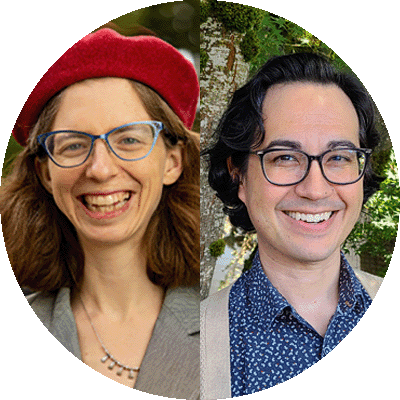

Replacing Relevance with Relationship
A relationship to Talmud study is highly valuable to those who possess it. Few other activities manage to combine elements of intellectual inquiry, spiritual questing, and moral development in the almost alchemical way that the study of Talmud does. And yet, there are a number of hurdles students must overcome in order to develop an independent relationship with the Talmud. First and foremost, studying Talmud in the original Hebrew and Aramaic can feel scary to the uninitiated. Second, the logic of the Talmud is foreign to students at first. Finally, students may wonder what a text from 1500 years ago might have to say to them.
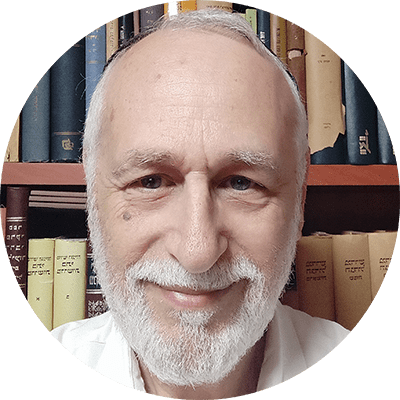

Teaching Talmud in Secondary Schools: Masorah and Modernity
Teaching of Talmud in traditional secondary schools has been a conundrum from the day it was decided to teach Talmud as part of the standard Jewish studies curriculum. Programs for yeshiva high school graduates in Israel and around the world are consistently populated by an overwhelming percentage of students who, even after six years of multiple weekly hours of Talmud instruction in secondary schools, are helpless in the independent study of Talmud. These students are successful independent learners of advanced mathematics, natural sciences, complex technology, and even humanities, but in Talmud, they require an embarrassing degree of spoon-feeding.
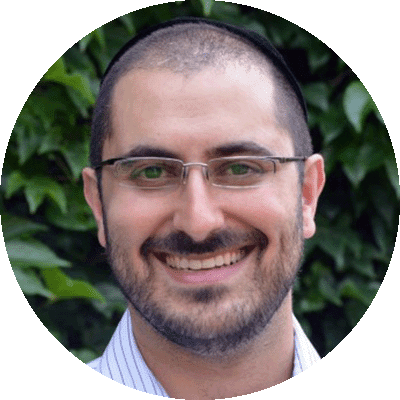

Pre-Mishnah: The Missing Link
I teach 5th grade Judaics at Fuchs Mizrachi School, a Modern Orthodox Zionist school (Cleveland). Upon entering the world of Torah SheBe’al Peh, a student is first greeted by the Mishnah—a complex and sophisticatedly interwoven compendium of Jewish law and wisdom. Students struggle to understand its relevance, how and why it was created, and its importance to the scope of their Torah learning. They ask, “Why are we learning Oral Torah?” and “Why should I care?” but underlying those questions is the more fundamental, “What is the Oral Torah?” While some choose to address this piecemeal over the span of many years, I believe that it is important to address it up front, in an organized manner.


Anatomy of a Gemara Lesson
You have been there, too, right? You thoroughly prepared a Gemara lesson by formalizing how you will explain the shakla vetarya, you concocted attention-grabbing examples and cases, charts to organize the conflicting opinions, and provided a translation and question practice worksheet. You slowly read the Gemara aloud while students annotated the text or completed linear translation sheets. You patiently and clearly explained the concepts and reasoning on a first, second, and even third pass of the reading.
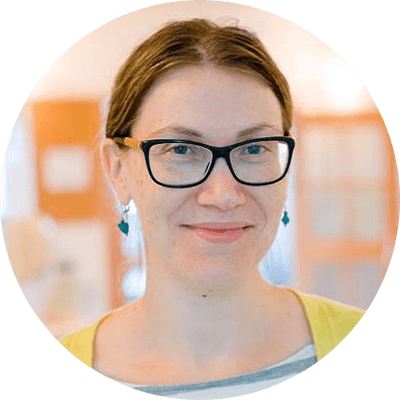

Making the Case for Agada
The rabbis of the Talmud were intentional and thoughtful educators; an example of their consummate pedagogic skill is the way they interspersed narratives into their halakhic writings and teachings. Their use of agadot is an effective teaching tool because, simply put, people love stories. We evolved to tell stories, to become compelled by stories, to connect to the characters, drama, and tension in stories. Stories draw in our students and they have the power to make them care.


Tokhehah Leshem Shamayim
One day, in a 7th grade lesson during our unit on tokhehah (the mitzvah of rebuke), a student shouted out from across the classroom: “This is tokhehah leshem shamayim!” In this moment, with one eloquent and original phrase, this 7thgrader had connected the learning in our current unit of tokhehah with the concept of leshem shamayim (for the sake of heaven) from our previous unit of mahloket (disagreement). This delighted us because it showed that the concepts of mahloket we had been teaching were not just retained for the duration of our unit, or for a test, but were concepts students internalized, held on to, and could apply to new settings and used in unique ways.
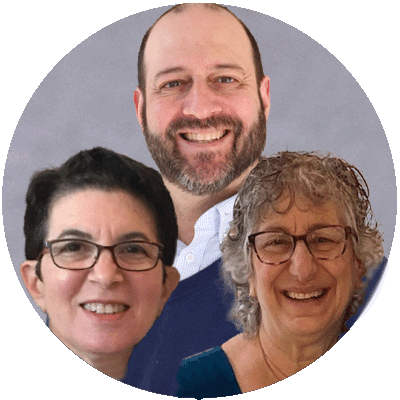

Extending the Reach of Rabbinics
Morah M.’s 5th-grade class is curating a museum exhibit showcasing artifacts that represent family legacy and tradition. The items are described on a placard that explains: These candlesticks were my Bubby’s and now my mother and I use them for Shabbat. When I chose them, I thought of the story about R. Yehuda HaNasi that we learned (Ketubot 103a). Before he died, he told his family that they should continue to set the table the same way, keeping the lamp in its usual place. We’re sort of doing the same thing when we use Bubby’s candlesticks.


Talmud Education for Diverse Learners: Taking the “Long but Short” Road
Teaching Talmud to weaker students can present many challenges not typically found in traditional Gemara classes. Navigating a text in a foreign language, especially one with the unique structure and rules of the Talmud, can be daunting for those grappling with language-based difficulties. Educators must realistically decide which teaching method—skill-based or discussion-based—will best set diverse learners up for success, and how demanding a Talmud course should be for students not likely to pursue this type of Torah learning in the future.
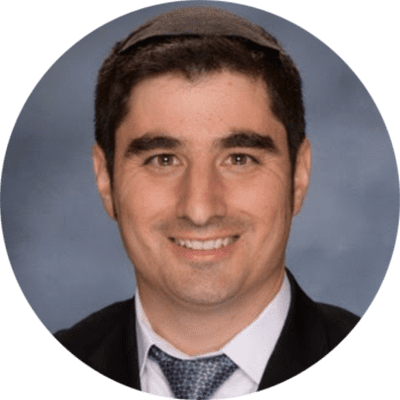

Teaching Talmud Guided by Essential Questions
Standing at the edge of the sea can be an awe-filled experience—the incomprehensibly vast expanse of water with no end in sight is both inspiring and intimidating. We would not consider entering it, whether to swim, sail, surf, cruise, or dive without proper preparation. Similarly, the Sea of Talmud is rich with information, personalities, debates, and much more. It, too, can inspire and intimidate with its vastness and complexity, and we should not expect our students to be able to jump in and navigate it without context and a roadmap. To prepare our students as they embark on their journey into the Oral Torah, we need to define our goals and our strategies for achieving them.
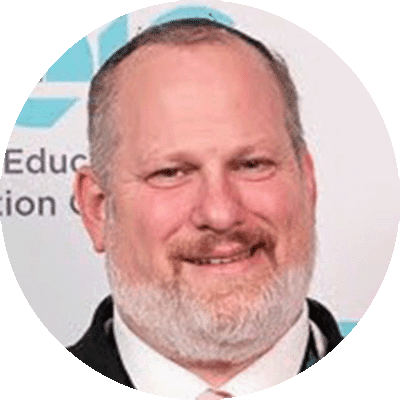

An Alternative Approach for Teaching Talmud
In my first year of teaching, I taught a student whom we will call Yossi. From the time he started 1st grade reading groups, Yossi was placed in the lowest track. This pattern persisted through my 11th grade Gemara class. A few weeks into the first semester of 11th grade, Yossi approached me after class to ask me a burning question which he was embarrassed to ask in front of his peers. He asked, “Who is Rabbi Baraita?” I said, “What do you mean?” He responded, “My past teachers kept explaining ‘the Baraita says…’ Who is Rabbi Baraita and why is he referred to as the Baraita?”


“Wait, What?!” Teaching Jewish Law in a Reform Jewish School
As a teacher at Rodeph Sholom School (RSS), I have for some time considered what it means to teach Torah SheBe’al Peh in a Reform Jewish independent school. What I offer here is a taste of how my colleagues and I have strived to shape our 7th grade Rabbinics unit so that it is aligned with our school’s mission and meets the needs of our specific community of learners. And while every school is unique, I am hopeful that the insights I’ve gained from teaching one unit on the development of Jewish law are instructive for any Jewish day school grappling with teaching Torah SheBe’al Peh.


A Learner-Centered Approach to Teaching Gemara
Traditional methods of teaching Gemara, such as hevruta learning followed by an interactive shiur, have stood the test of time. When teaching beginner students, however, this approach is less common, given their lack of prior knowledge or skills. As a result, many teachers prefer a frontal approach, perhaps projecting the daf on the SMART board and presenting the text phrase-by-phrase while students take notes between the lines of the traditional Vilna text. If hevruta time is used, it is often for the students to review material rather than for them to try to decipher the text. In this article, we are going to propose a method for using a modified version of the traditional approach which can be used for learners starting out on their Gemara learning careers.
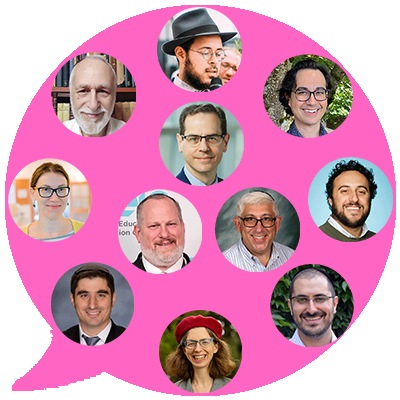

Why Learn Talmud?
Some of the articles in this issue describe the joy of studying Talmud, others break down the complex processes to make it more accessible to students or to enable the students to engage with it meaningfully. And just to make sure that we covered the bases of both the how and the why of Talmud study, we asked our authors to weigh in separately on the question: “Why do you think that day school students should be learning Gemara/Rabbinics?” We invite you to join that discussion.
Fall 2023 Journal Credits
JEWISHEDUCATIONALEADERSHIP
Jewish Educational Leadership is a publication of The Lookstein Center for Jewish Education of Bar Ilan University.
Chana German, Executive Director
JOURNAL STAFF
Hyim Brandes | Editor
Zvi Grumet | Editor-in-Chief
Chevi Rubin | Editor
Shani Sicherman | Copyeditor
Please send correspondence regarding journal content to zvi@lookstein.org.
The Lookstein Center publications present a variety of viewpoints. The views expressed or implied in this publication are not necessarily those of the Center.
EDITORIAL OFFICES AND ADVERTISING
The Lookstein Center for Jewish Education
Bar-Ilan University
Ramat Gan 5290002 Israel
Tel: +972-3-531-8199
US: +1-646-568-9737
www.lookstein.org
© 2023 by The Lookstein Center for Jewish Education.
All rights reserved.


